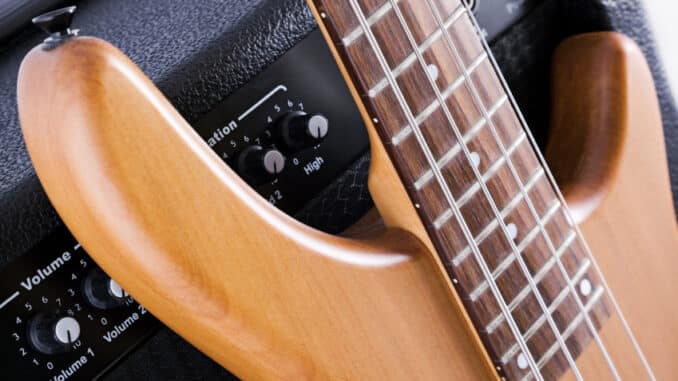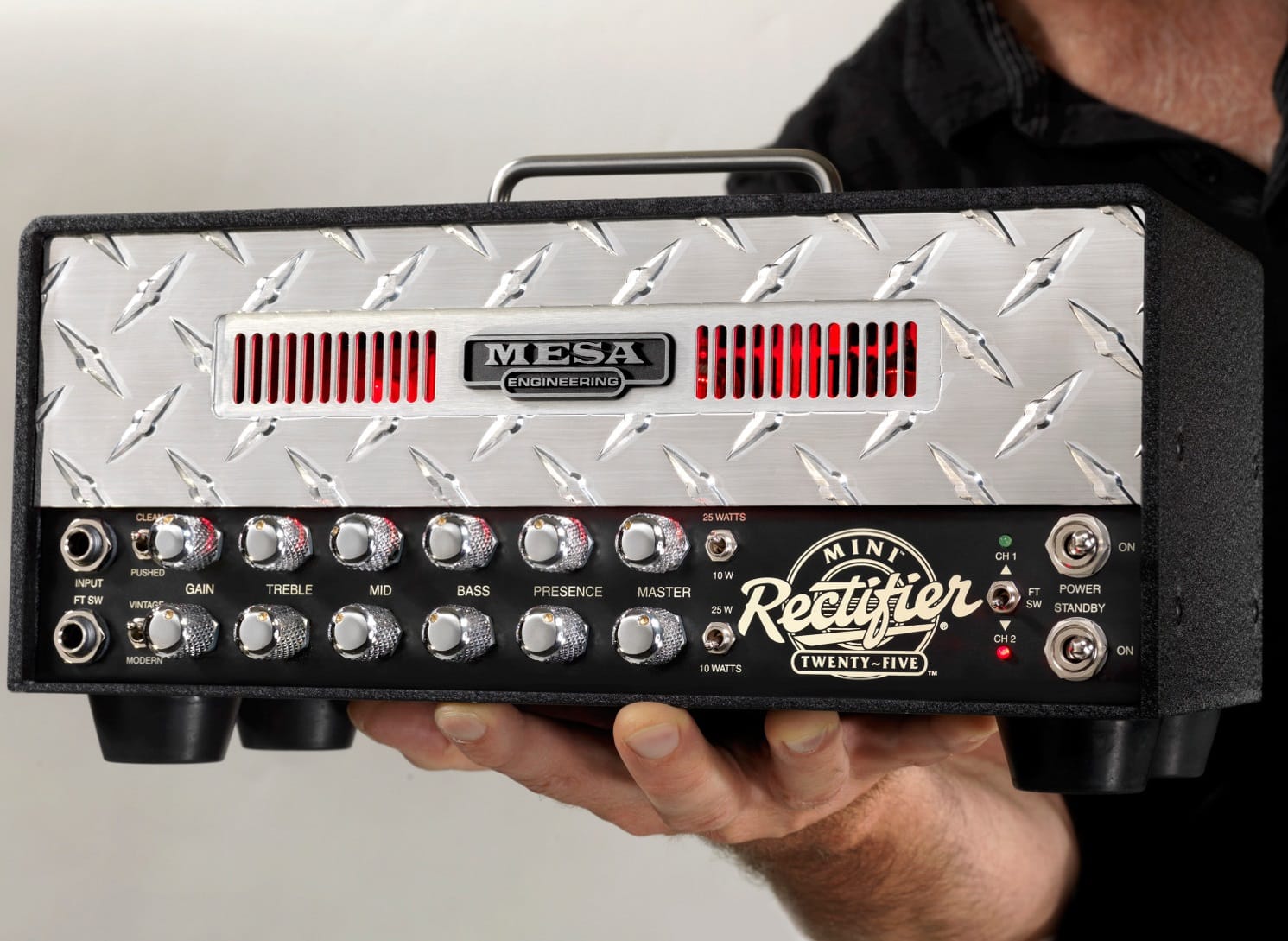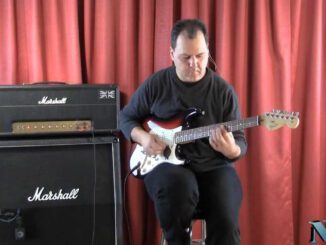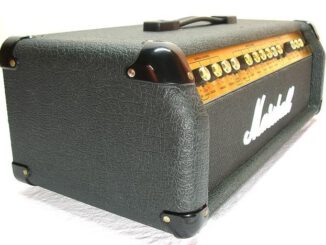
Given the variety of instruments and to top that the number of brands that are available can make selecting the right Guitar Bass Pedal a real nightmare! This guide will attempt to make your buying easy and simple for you. For the most part you only need to go in for the amplifier that falls within the price range within which you are willing to operate, compare a few products that are available and you are pretty much set.
The price is right
A common adage used by guitarists is that you should always spend as much on the amp unit as you are willing to spend on the guitar. The reason is pretty simple; the music that you create needs to pass through the amp before it reaches the world. If your amp unit is not good enough, then the hard work that you put in is headed towards a partial failure. Bottom line is; don’t step on your instrument’s potential by pairing it up with a less than standard amp.
However that does not mean that less pricey amps are of low quality. Today, because of computer aided manufacturing, costs of amp units is dropping considerably without affecting the quality of the sound that it produces. This is obviously good news for the newbie guitarist who wants a good amp unit.
Your options are…
Given the multitude of roles that amp units can fulfill, they have been optimized to be paired up with 4 different types of instruments – the electric guitar, acoustic guitar, electric bass guitar, electronic keyboard.
- a.
Electric Guitar Amps:
- These are hands down the most popular of all the amplifiers. But their popularity has a lot more to do with the success of the electric guitar itself. If you really want to get the best out of your electric; then pair it with a good amp, then only can you get the rich sustained distortion that electric guitars are recognized for.
b. Acoustic Guitar Amps: Are used to project the brilliant highs of the acoustic guitar without sacrificing on the midranges and basses. Acoustic guitars always have their own speakers and they also generally allow a mic to be plugged in directly along with the line from the acoustic guitars pickups.
c. Bass Amps: These tend to not distort the sound; rather the focus of a bass amp is to reproduce the low sonorous sounds that bass guitars are so popularly known for.
d. Keyboard Amps: Simply try to reproduce the sounds made by the keyboard as accurately as possible. They share similarity with a PA system.
Types of Amplifier Units:
Combo Amps: Contain both the speaker and the amplifier unit in one box. Most of the amps that you will see are of this variety. These are very good for carrying around, as long as they are not too large.
Amp Heads: Is a single amp unit without any speakers. These need to be paired up with speakers by a cable. You will need real speaker cables designed for handling higher voltage outputs rather than standard instrument cables. This type of an amp is also great for connecting a large number of speakers.
How an amplifier works
The basic function of an Amp is to convert electrical signals into audible sound. To do this, amplifiers use two circuits or stages: preamp and power amp. The preamp works on the signal it gets from the instrument and makes it good enough for the power amp and the other instruments within the amplifier such as the EQ and the effects loop etc. The power amp boosts the signal so that the speakers can produce the audible sound in the wattage they are known for!
Vacuum Tube…?
If you have been reading about amps then one of things that you will undoubtedly keep coming across is “vacuum tube”. A vacuum tube is basically the same thing that was used in radios about half a century ago. It was discovered that great music can be made with the aid of these tubes, and lo, before anyone realized anything an entire genre of music revolved around these tubes and the kind of music they could produce.
Tubes, when they are overdriven and heated with electrical current produce the “distortion effect” which amps are popularly known for. This is the reason why even today, when they are soundly obsolete and replaced with solid state diodes, they remain in vogue.
Speaking of solid state diodes, these are a new generation of circuits which reproduce the sound of the vacuum tube. There are also other digital technologies which can make some really good music. These are not only very good, but also cost effective.
Trying to decide whether to go in for a vacuum tube based amp or a solid state based amp is a very personal question. The difference between the two is something which only very well tuned ears can pick up, however purists tend to stick with the vacuum tube because of the organic and fluid distortion that comes out of it. Most newbies however tend to stick with the latest in technology, including solid state circuits not only because some of these are suited to some of the modern genres, but also because they are cheaper.
The Proper Channel
Amplifiers offer multiple channels which can be independently setup so that you can switch between them without missing a beat. Channel switching or switching between multiple channels while playing is a rather important feature that many guitarist now-a-days prefer. Electric guitarists use this to switch between the loud distortion sound and the clean rhythm tones. Most amps come equipped with a footswitch with which you can change and juggle between multiple channels at the same time.
Acoustic amps offer the option to switch between rhythm and lead and also many different effects for you to choose.
Bass amps do not use multiple channels, if at all they do then it is used for special and distortion effects.
Multiple channels on a keyboard amp are used to switch between different outputs such as keyboard, drum machines etc.
Power
Power in an amp is meant to denote the amount of raw power being fed into the amp unit for the speakers. This is usually measured in watts. Keep the following things in mind when selecting the kind of power you want your amp to be based on:
- a. Higher wattage will mean a louder sound in the same amplifier.
b. Vacuum tubes produce a lot more louder sound per watt of power as compared to solid state circuits. A vacuum tube being driven on 5 Watts of power produces the same level of sound as a 40 Watt solid state unit will produce.
c. If you are buying for a beginner then make sure that the amp unit has a headphone jack. You can do this instead of getting a smaller amp altogether. Too small amps often turn out to be counter-productive to constructive musical socialization; which is one of the main reasons why people get into music in the first place.
Effects
Amps offer a number of effects which you can switch between. However these can be summarized as:
- a.
EQ:
- This generally comes in the form of 2 or 4 knobs with which you can control the range of frequencies in the sound. For instance the, treble and bass on a home stereo makes up a two band EQ. Modern day Amps with graphic EQ’s have a slider to control them.
b. Effects Loop: An effects loop allows you to modify the signal between the preamp and the power amp using an external chord.
c. Digital Effects: Many amps offer digital effects like flange, phase, reverb, echo, chorus, pitch shift etc. You can save these as presets that can act as channels in the amp. Many amps also come with presets which can be used as well.
Speakers
Obviously this is what the world listens to! So it is good to have the best speakers which you can buy. Do note that the heavier and more expensive speakers are always of better quality than cheaper ones. Better speakers will also allow for a better coloration of the amplifier’s signal producing richer and more superior sound. The type of coloration that you select will always depend on the kind of music you play. Players of the metal and jazz genre for example, will rarely agree to a common coloration. Common speaker types include:
- a.
8” Speakers:
- are found in small practice amps.
b. 10” Speakers: are again only found in practice amps which can be joined with other speakers of a larger amp.
c. 12” Speakers: are found in most performance amps.
d. 15” Speakers: come in separate cabinets and are paired almost exclusively with bass amps.
Things to keep in mind
There really are gazillion things that you will need to consider if you sat down to decide what kind of an amp you should be purchasing. Among these are – the types of music that you play, the number of instruments in the band, the placement of the amp, is the drummer loud, the size of the performance etc.
- a.
40 Watt solid state amp
- driving a 10” speaker will hold up its own in most performances. However this may not do so well if the band has a drummer as well.
b. 60 Watt solid state amp paired with a 12” speaker will do well in all but the loudest situations.
c. 30 Watt tube amp is loud enough for a full rock band in most conceivable scenarios.
d. Bass amps have to be powerful; in most cases, a 60 Watt solid state amp will do in most cases, however you will need a 100 Watt unit if you intend to play in a big gathering.





Be the first to comment